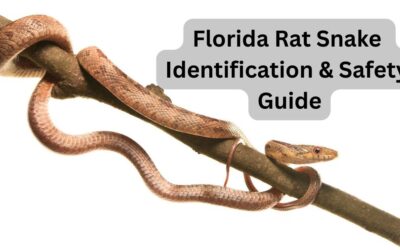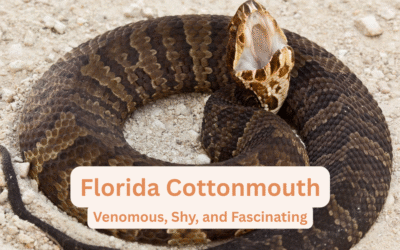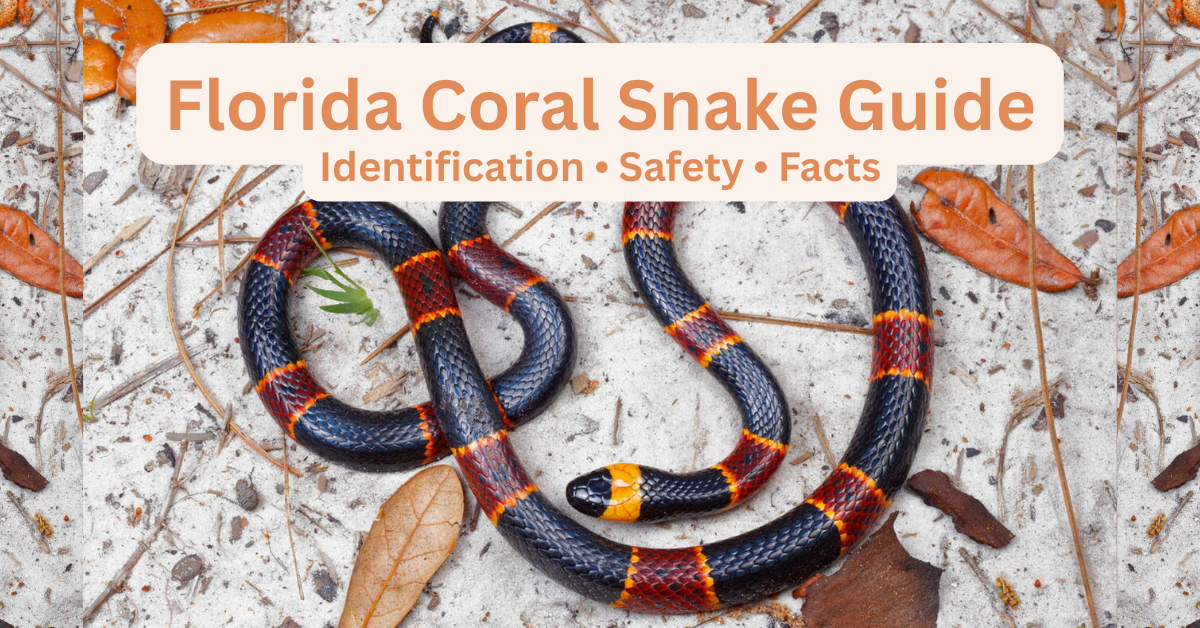A Comprehensive Guide to the Florida Rat Snake
Introduction

Overview of the Florida Rat Snake
Overview of the Florida Rat Snake

Physical Features and Behavior

Physical Features and Behavior

Habitat and Diet of the Florida Rat Snake

Florida Rat Snake Diet
Florida Rat Snake Diet

Florida Rat Snake Behavior

Florida Rat Snake Behavior


Florida Rat Snake Habitat Preferences
Florida Rat Snake Habitat Preferences

Relationship with Humans
Comparison to Eastern Rat Snake

Comparison to Eastern Rat Snake


Conservation Efforts for Protection from Extinction
Conservation Efforts for Protection from Extinction

Wrap Up & Closing Thoughts
The Florida Rat Snake is a species of non-venomous snake found in the eastern United States. It has a wide range of habitats, from deciduous forests to wetlands and agricultural areas. This species is beneficial to humans as it helps keep rodent populations in check, and the Florida Fish and Wildlife Commission has taken steps to help protect it from extinction. The Florida Rat Snake is often mistaken for the Eastern Rat Snake, but they have several distinct differences. It is important to remember that the Florida Rat Snake poses no danger to humans and it should be respected as an important part of its local ecosystem. With proper conservation efforts, this species can continue to thrive in its natural habitats for years to come.
Looking to learn more about the florida rat snake? Check out Reptile Rescue International’s florida rat snake page.
https://www.reptilerescueintl.org/florida-rat-snake/
FAQs – Frequently Asked Questions
Do Florida rat snakes bite?
Are Florida rat snakes dangerous?
How Florida rat snakes reproduce
What does a Florida rat snake look like?
Can a rat snake hurt you?
What kind of habitat does a florida rat snake need?
Are florida rat snakes endangered?
How big do Florida rat snakes get?
How does a florida rat snake compare to an eastern rat snake?
More From This Category
Florida Rat Snakes: The Ultimate Guide to Identification, Behavior, and Safety
Introduction Florida Rat Snake is one of the most common non-venomous snakes in Florida. Known for controlling rodent populations, this snake is fascinating yet often misunderstood. This guide helps you identify the Florida Rat Snake, understand its behavior,...
Florida Cottonmouth (Water Moccasin) – Identification, Venom, Habitat, and Safety Tips
Introduction The Florida Cottonmouth, also known as the Water Moccasin, is one of the most iconic venomous snakes in Florida. Recognized for its distinct markings and shy nature, the Cottonmouth can be found across the state in wetland areas. This guide will help you...
Florida Coral Snake: Identification, Safety, and Facts
Introduction The Florida Coral Snake (Micrurus fulvius) is one of the most recognizable yet misunderstood snakes in the Sunshine State. With its bright red, yellow, and black bands, this snake has a reputation for being deadly. While it is indeed highly venomous, the...



